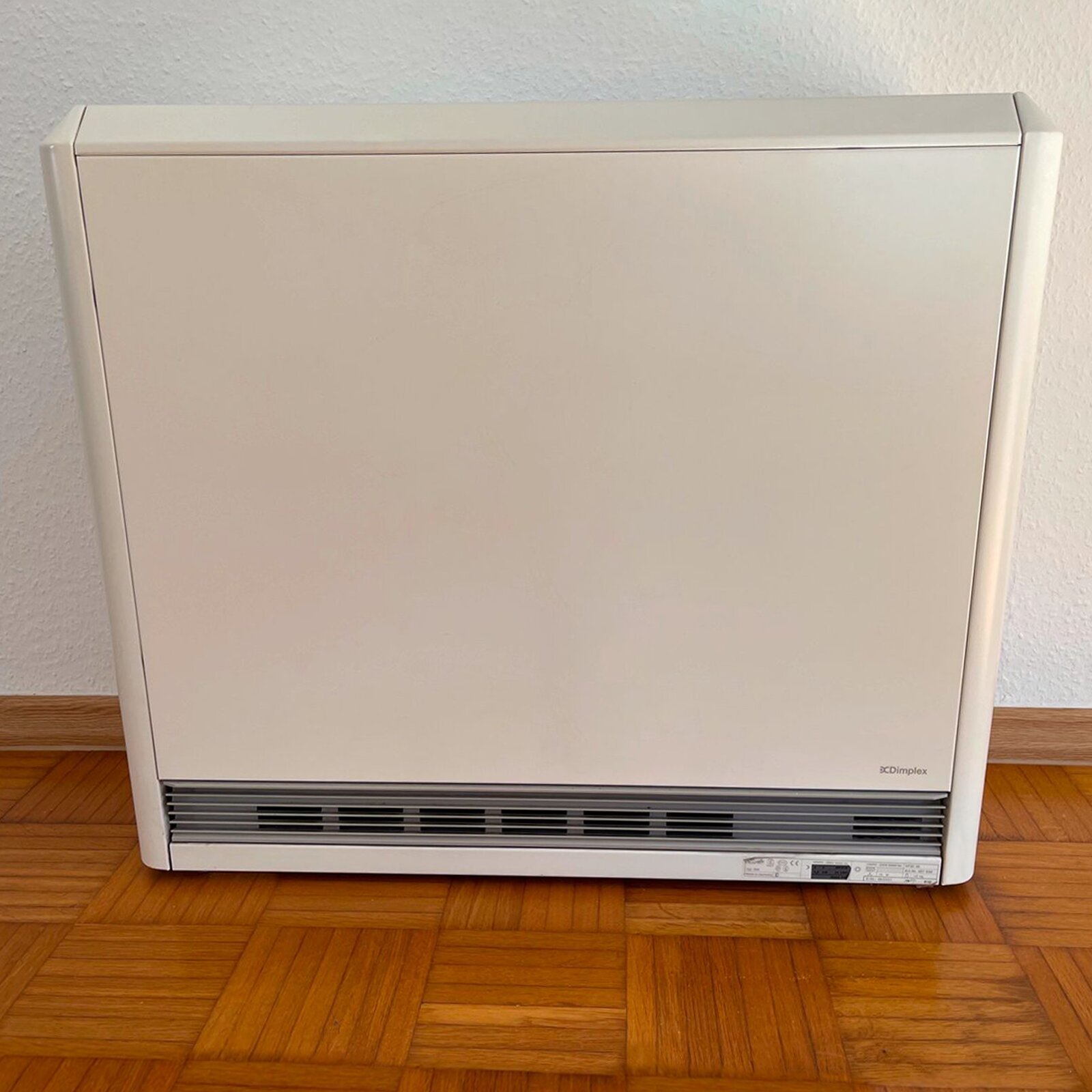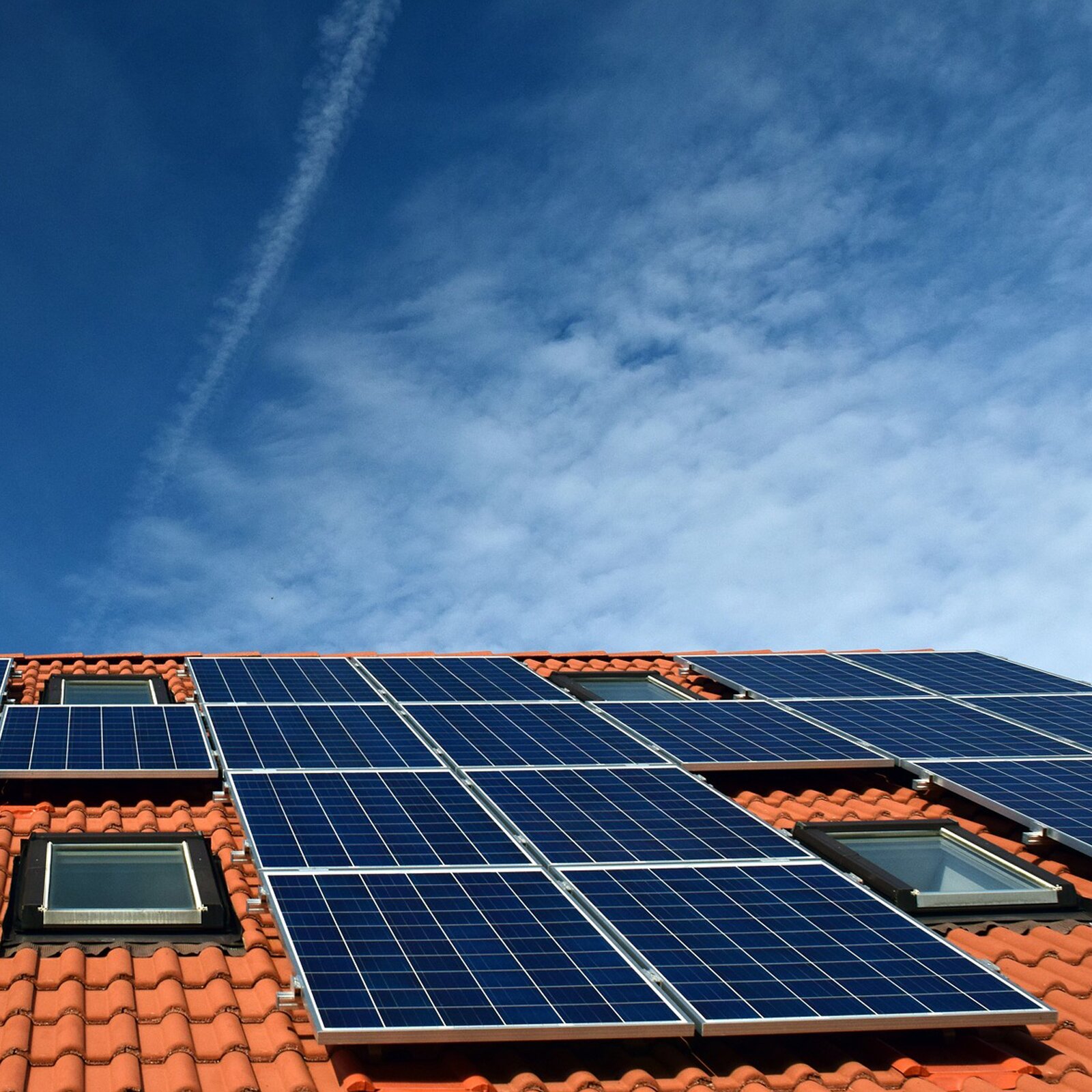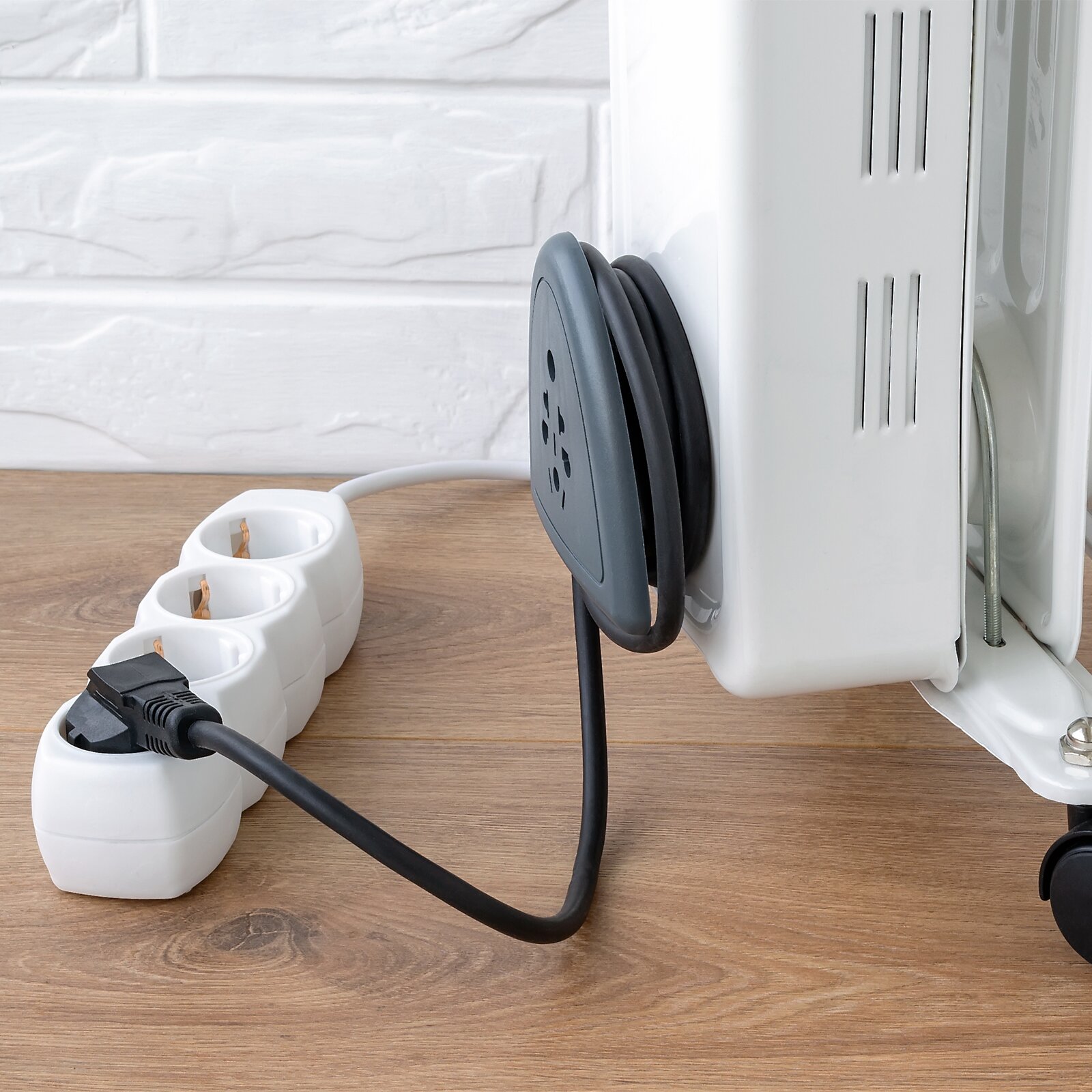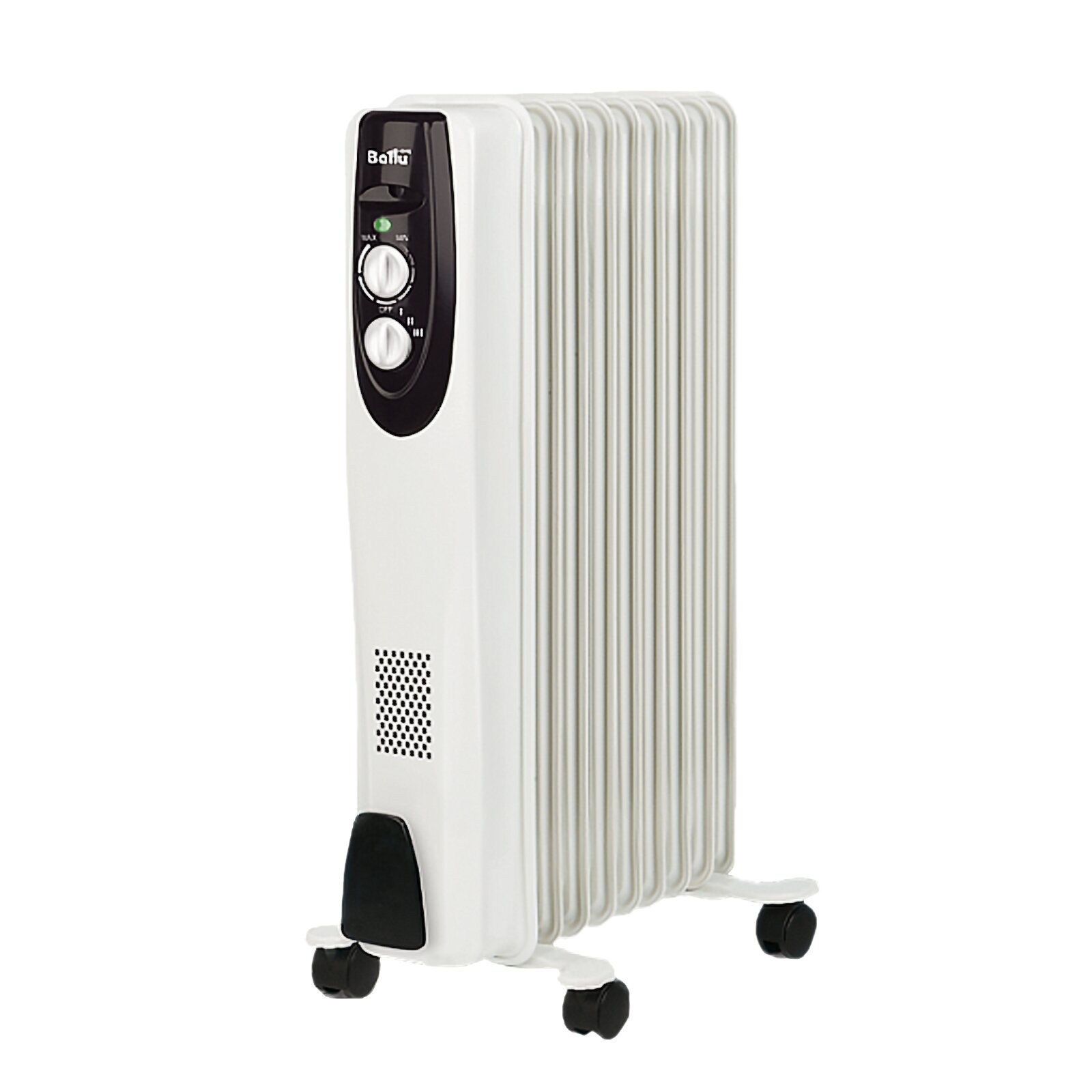Sources:
(*1) https://de.wikipedia.org/wiki/Nachtspeicherheizung
(*2) https://www.solaranlage-ratgeber.de/photovoltaik/photovoltaik-planung/eigenverbrauch-von-solarstrom
(*3) https://www.reuter.de/magazin/heizkoerper-berechnen.html
Some people certainly still know the old night storage heaters that were installed in the 1950s and 1960s as an alternative to stoves for coal or heating oil. During the so-called off-peak phases of the electricity grid, especially at night, the electric current was used to heat up the storage heaters. The heat generated was kept there for several hours.
Due to the oil crises in the 1970s and the resulting increase in energy costs, as well as the reduction of subsidies for night-time electricity tariffs, storage heaters became less economical than conventional central heating systems.
The supposed end of night storage heaters was decided in 2009 by the then German government in the Energy Saving Ordinance (EnEV). This prohibited the use of night storage heaters with a transitional period. However, this decision was revised again in 2013. (*1)
For some years now, however, electric heating systems have been experiencing a renaissance and are once again being used more frequently as an alternative to gas and heating oil. The reasons for this are complex, as some fundamental factors have changed.


If we look at heat generation from a physical point of view, the law of heat of electricity, also known as the first law of Joule, plays the decisive role. To put it simply, this law describes a continuous heat energy that is generated by an electrical conductor through which current flows.
Applied to electric heaters, this means that, for example, a heating rod, a heating cable or a heating film have current flowing through them and thus generate heat energy.
Some electric heaters primarily heat the room air, which is referred to as convection in technical jargon. Examples of convection heaters are radiators, fan heaters or convectors. However, since air is considered a rather poor heat carrier, the operating costs of such systems are sometimes very high.
With other electric heating systems, radiant heat predominates. Here, it is mainly the objects in the room that are heated and not the air. Infrared heaters or electric underfloor heating systems are examples of this. The operating costs are usually significantly lower compared to convection heaters.


Radiators
| Acquisition costs: |  |
| Operating costs: |  |
| Difficulty level: |  |
| Time commitment: |  |
| Heating type: |  |
Electric underfloor heating:
Wall/ceiling heating:
Heating film, fleece-laminated and perforated
| Acquisition costs: |  |
| Operating costs: |  |
| Time commitment: |  |
| Zeitaufwand: |  |
| Heating type: |  |
Exactly how much power is needed depends heavily on the so-called heating load of the property. The heating load, formerly also referred to as heat demand, is the required heat flow (heat supply) that ensures the desired room temperature at the lowest local outdoor temperature in winter. The energy certificate, which has been compulsory since 2009 for new buildings, resales of houses and flats, as well as for new leases, contains this information.
If no corresponding energy certificate is available, a rough estimate can be made using the following guide values:
In bathrooms, a surcharge of 10 percent should be calculated, because a room temperature of 24°C is considered the standard here. For the other rooms, 20°C is assumed to be the standard temperature. (*3)


Another important role for the economical operation of an electric heating system is its correct operation. Programmable thermostats with temperature-controlled regulation are particularly suitable for this purpose. This means that the heating regulates itself downwards when a certain room temperature is reached. The time periods and temperatures can be easily adapted to individual needs.
For stationary electric heaters, such as infrared heating panels, electric floor or ceiling heaters, the EU Ecodesign Directive 2015/1188 also applies. This describes that, since 01 January 2018, the installation and commissioning of these heating sources is only permitted in conjunction with external thermostats that have electronic room temperature control, weekly programming, adaptive control or open window detection.
Many modern room thermostats can even be integrated into an intelligent home control system - so-called smart home systems. This allows demand-oriented control of the heating via an app or even fully automatic lowering of the temperature when leaving a previously defined area with the help of the location transmission (geofancing) of the smartphone.
Sources:
(*1) https://de.wikipedia.org/wiki/Nachtspeicherheizung
(*2) https://www.solaranlage-ratgeber.de/photovoltaik/photovoltaik-planung/eigenverbrauch-von-solarstrom
(*3) https://www.reuter.de/magazin/heizkoerper-berechnen.html